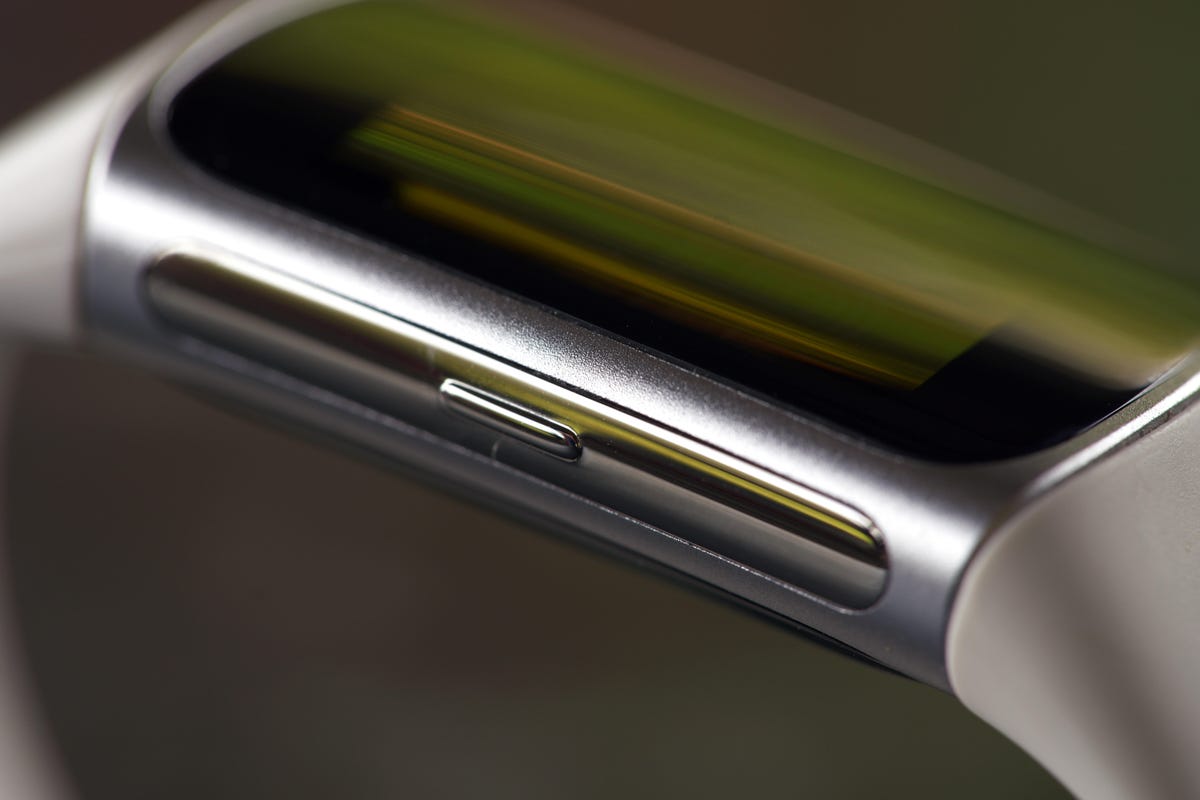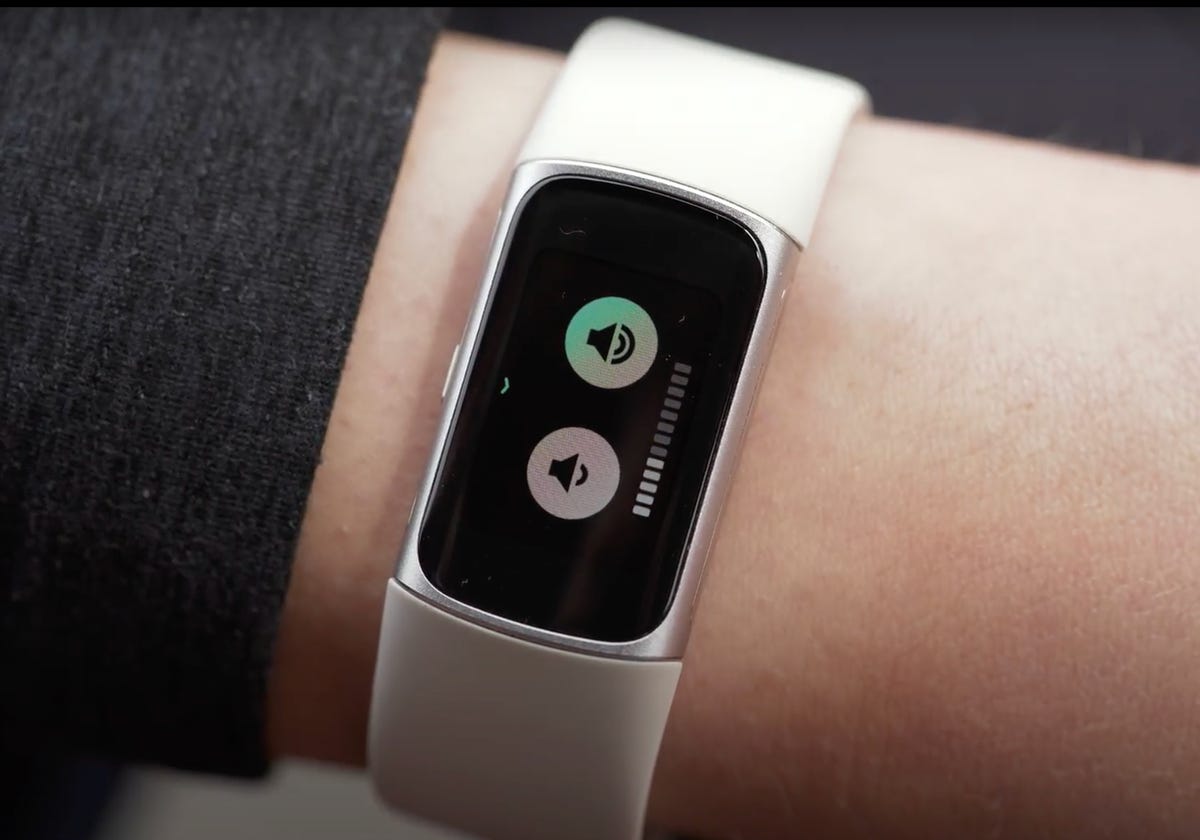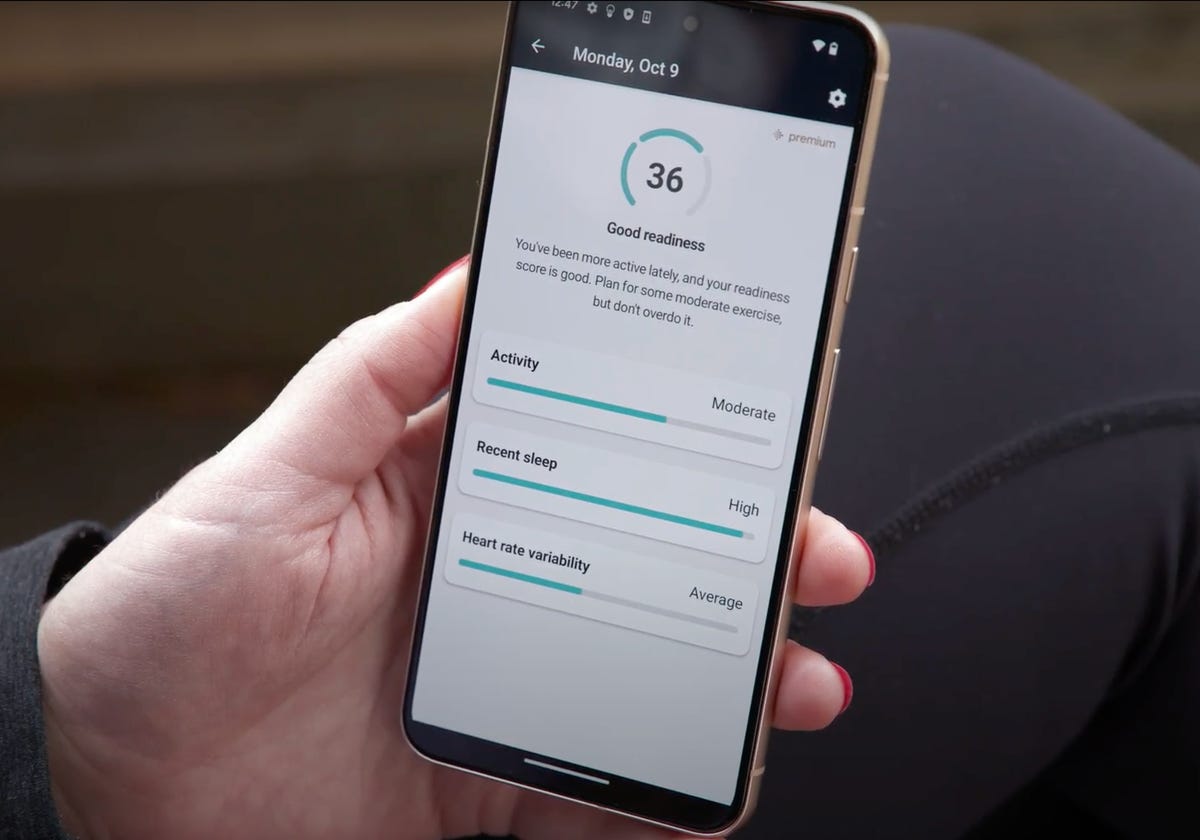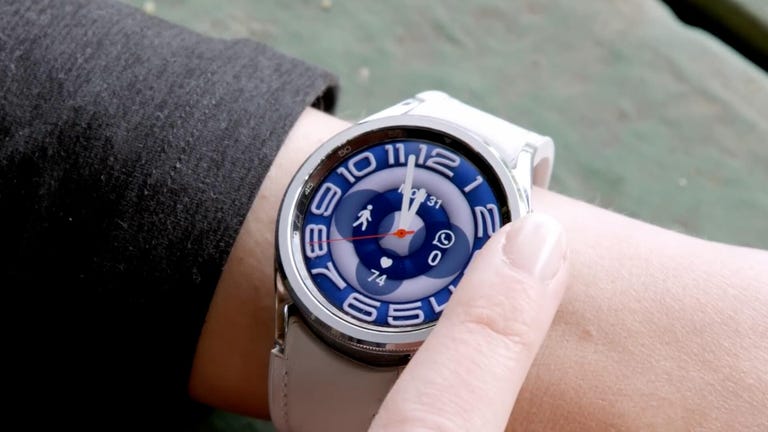The $160 (£140, AU$260) Fitbit Charge 6 has plenty of features that make it a worthy upgrade from the Charge 5, including a button for easier navigation, heart rate broadcast to gym equipment, and Google apps like Maps and Wallet. Surprisingly, it also costs $20 less than the Charge 5 at launch.
But after using the Charge 6 for the past week, it feels more like a Google fitness tracker than a Fitbit at its heart. For example, the only music app it supports is YouTube Music and the redesigned Fitbit app is less intuitive than before. I’d recommend the Charge 6 if you’re looking for a robust health and fitness tracker with strong battery life, but if you are upgrading from an older Fitbit, the new interface and Google features may take some getting used to.

Like
- Great battery life
- Heart rate broadcast support
- Google Maps turn-by-turn navigation
- The button is back!
Don’t like
- No altimeter for elevation tracking
- Music controls need a subscription
- Heart rate accuracy only improved on 3 workout types

The new haptic side button.
Speaking of clock faces, the Charge 6 has four new ones to choose from. One wishlist item for on-screen data fields: weather. Please, Fitbit add in the option to see temperature on the clock face, even if it’s only just a forecast from when you first sync with the Fitbit app in the morning.
The Charge 6 has the same AMOLED screen as the Charge 5 and you can switch between three brightness options in the settings. If you struggle to read a small screen, the Charge 6 has a new magnification tool. Once activated in settings, tap three times on the screen to zoom in and tap once to go back to the regular magnification.
Like earlier Fitbit trackers, the Charge 6 can get notifications from your phone including text messages, answering or rejecting calls and apps once you set this up in the Fitbit app. You can only send quick responses to texts from your wrist if you are paired with Android.
A little bit Fitbit, a lot more Google
The Fitbit Charge 6 gets some of its parent-company’s apps, including Google Maps and YouTube Music, but your phone needs to be in range. For instance, start a walk, bike ride or driving navigation from your phone and the Charge 6 will show turn-by-turn navigation on your wrist.
The same goes for YouTube Music as the Charge 6 acts as a remote control for your phone. You can see and change tracks, playlists and adjust the volume from the wrist, even during a workout. It also can give you exercise-specific music recommendations if you share data with YouTube Music. However, you’ll need a YouTube Music Premium subscription that costs $11 per month to use all these features after your one-month trial is over.

You can control the volume of music playing back on your phone.
I always loved the Fitbit app for being easy to use, but the recent redesign is not as intuitive for me. You can’t rearrange the main screen to see your favorite metrics up top, it lacks a dark mode, and you can’t see your tracker’s battery life percentage.
The Charge 6 now uses Google Wallet instead of Fitbit Pay for mobile payments. Load cards from the Fitbit app then you’re prompted to set a PIN on the tracker. Because the Charge 6’s screen is so small, entering the PIN is a tedious process.
One other Google-thing. If you have a Fitbit account, you’ll need to transition it to a Google account in order to use the Charge 6. It’s easy enough to do in the settings, and you’ll use this different login going forward.
Charge 6 is better for fitness enthusiasts than earlier Fitbits
Fitbit is doubling-down on fitness as the Charge 6 now supports broadcasting heart rate to supported bikes, treadmills and rowing machines. Some popular brands include NordicTrack, Peloton and Tonal.
But more useful for me is being able to see your real-time heart rate on fitness apps like Peloton. To set this up, scroll to find the HR on Equipment option on the Charge 6 and turn it on. Then go to a supported app and select the Charge 6 as the heart rate sensor. I tried it with Strava and it worked seamlessly. It’s good to see the feature natively available on Fitbit as it’s something Garmin devices have been doing for a while.

When it calculates correctly, the Daily Readiness Score is very helpful.
The same great sleep tracking as earlier Fitbits is onboard, and you can see most of the helpful data even without a Fitbit Premium subscription, like your score and sleep quality. I also love the Daily Readiness Score — which is a Fitbit Premium feature — that takes into account sleep, activity and heart rate variability. I find this super helpful for determining if I need to take a rest day or whether I can push myself to do a workout. My readiness score from the Charge 6 is a little wonky though, as some days it doesn’t calculate correctly and reads as a score of 1. Fitbit says you’ll need to wear the Charge 6 for 14 days to fully calibrate and I’ll update once I’ve worn it for two weeks, however I’ve had the readiness score work just fine after four days on earlier Fitbits like the Charge 5.
Charge 6 battery life is great, just know the limits
Fitbit knocks battery life out of the park compared with smartwatches like the Apple Watch and Google’s own Pixel Watch. Fitbit says you can get up to seven days of use out of the Charge 6 with light use and the always-on display off, but in my testing that is closer to four or five days. I’m sure you can get to seven days if you do very little with the tracker apart from telling the time and tracking sleep. I’ll update this review to confirm once I’ve had a chance to wear the Fitbit with minimal use.
With the always-on display active, I averaged just under two days with regular use: a daily GPS workout, normal screen brightness, sleep tracking and call/text notifications from the phone. Broadcasting heart rate data does drain the Charge 6 much faster. Over the course of a 1-hour outdoor walk and sending heart rate data to Strava, the Charge 6’s battery dropped almost 20%. If you need the best battery life of any Fitbit, try the less-expensive Inspire 3 that can go up to 10 days between charges — but the Inspire 3 doesn’t include the broadcasting feature.


